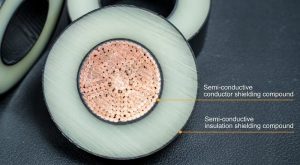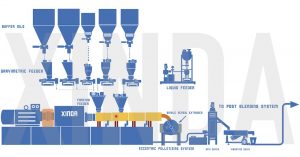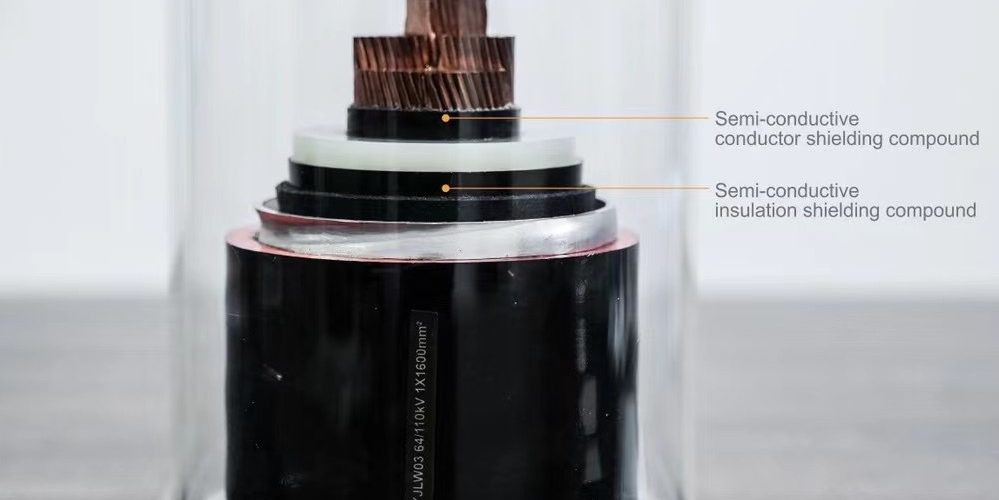Introduction of Semi-Conductive Cable Compounds
Semi-conductive cable compounds are materials used in the production of power cables to provide certain electrical properties. They are formulated to have specific conductivity characteristics, typically designed to prevent the formation of electrical fields and ensure uniform distribution of electrical stress within the cable insulation.

Function and Introduction:
Semi-conductive cable compounds serve several functions in power cables:
- Electrical Stress Control: They help in distributing electrical stress evenly across the cable insulation, reducing the risk of electrical breakdown.
- Preventing Corrosion: These compounds often include additives to protect against corrosion and oxidation.
- Environmental Protection: They provide resistance to environmental factors such as moisture and UV radiation.
- Mechanical Stability: These compounds enhance the mechanical properties of the cable insulation, providing durability and strength.
Rough Formulation:
The formulation of semi-conductive cable compounds can vary depending on specific requirements and manufacturer preferences. However, a typical formulation may include:
- Polymer Base: polyethylene (PE)
- Carbon Black: To impart semi-conductive properties.
- Additives: Including antioxidants, stabilizers, and processing aids.
- Fillers: Such as mineral fillers for reinforcement and to control properties like density.
Compounding Requirements for Semi-conductive Cable Compounding:
Uniform Dispersion: Effective dispersion of carbon black or other conductive fillers within the polymer matrix is essential to ensure consistent electrical conductivity throughout the compound.
Stabilization: Incorporation of antioxidants and stabilizers to protect the compound from degradation due to heat, oxidation, and environmental factors, ensuring long-term performance and reliability.
Consistent Quality: Tight control over processing parameters such as temperature, mixing time, and shear rate is necessary to maintain batch-to-batch consistency and quality of the compound.
Processing Efficiency: Efficient mixing and dispersion are crucial to minimize processing time and energy consumption while maximizing throughput and productivity.
Compounding Process for Semi-conductive cable compounds:
Compounding: The raw materials, including the polymer base, carbon black, additives, and fillers, are mixed together in precise proportions in a compounding mixer. This process ensures uniform distribution of ingredients with XINDA Co-Kneader.

